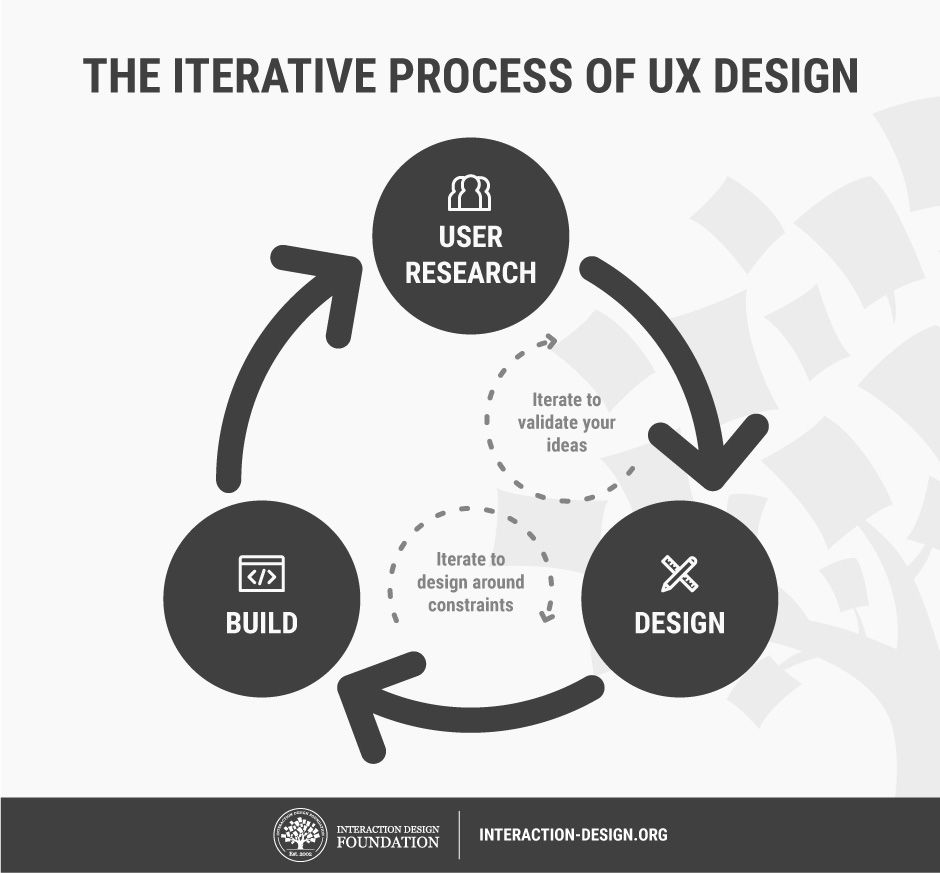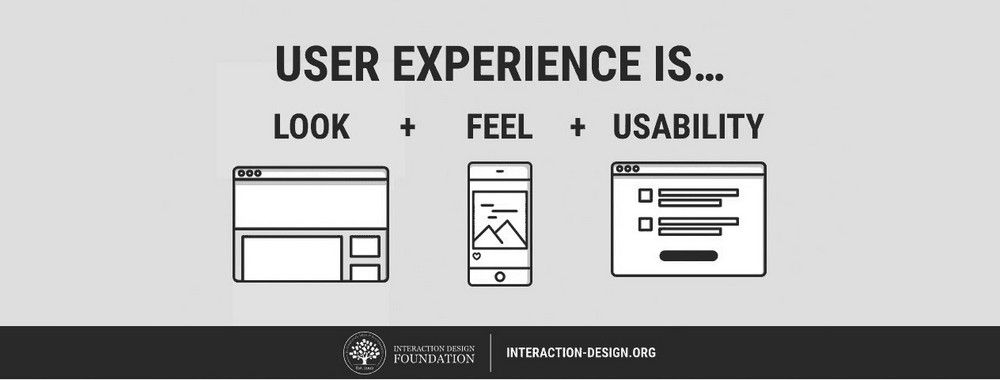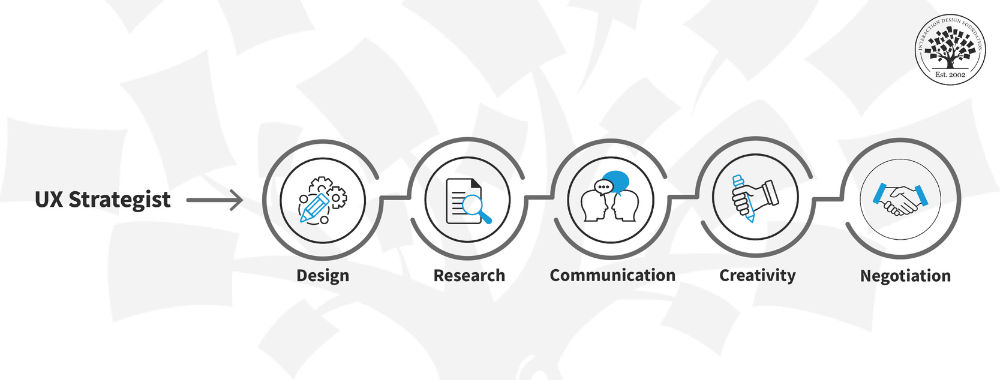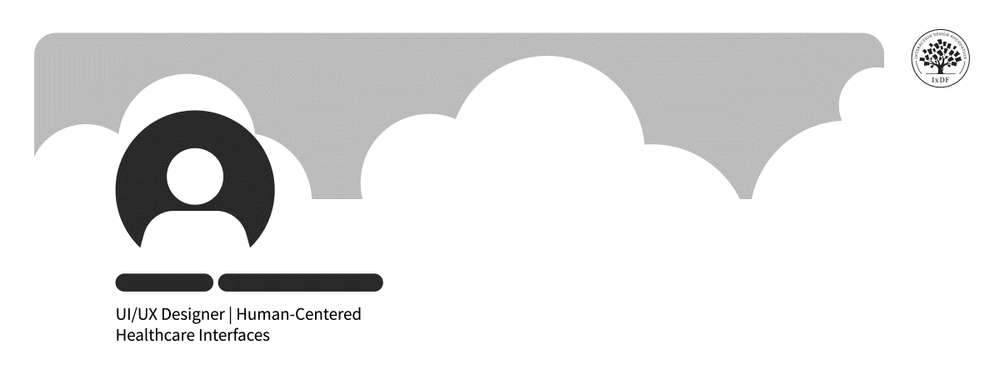The new entrant into UX in an established business often has a tough time of things. People understand what UX stands for (some of the time at least), they may even have an idea of why it is important but they often have no real understanding of what is required to achieve a good UX.
This lack of understanding and particularly from management; leads to conflict with the UX team. This can be avoided, or at least made less painful, if all managers were to understand these 7 critical UX ideas.
User Research is Not Optional
Product managers, customer service managers, marketing managers, development managers, etc. can all feel somewhat threatened when the new UX guy on the block starts talking about talking to their users. This results in defensive displays in meetings where they will argue that they talk to the users and customers all the time and thus – you don’t need to.
Perhaps the easiest way to overcome this issue is to explain the purpose of user research and one of the outputs – user personas. Show how existing research cannot build these pictures accurately and that the benefit of user research is better understanding of users so that the whole business can align on user objectives. Show how existing research can complement this picture and you should slowly starting winning people round to your way of thinking.
Is Not a Single Process
Big business, in particular, has become very process focused over the last few years. The introduction of quality management like Lean, Six Sigma and TQM has driven that. This often leads to senior figures demanding UX processes from their UX team. They want a nice consistent approach that they can then measure on each and every project to track some awesome numbers for their spreadsheets.
You need to show that UX is flexible. That each project is unique and that you may need to develop a unique process for each project to reflect that. Part of your process is selecting the right tools for the job, an iteration of a project may follow a very different UX path from the one chose for a brand new product.

Author/Copyright holder: gdsteam. Copyright terms and licence: CC BY 2.0
UI Is a Part Of UX But Not the Whole of It
There is often an assumption that UX design is solely concerned with screen flow, buttons and other inputs. Yet, as any good UX designer can tell you, that’s only part of the job. That doesn’t mean that UI is not important (far from it) but it does mean that UX is going to be involved with other areas too.
Talk about the internet of things and how in a few years there may be no screens associated with a product at all. Talk about how UX can help with business process and product process development (things for which there are no screens in the here and now). Talk about the UX of content and why it matters. In essence, show the range of UX and show why it matters.
Usability Tests Matter
In business people tend to have faith in expertise. It’s good because that’s what got you your job – you were seen as an expert in UX. Unfortunately, that faith can be expressed in a resistance to your conducting user testing.
After all, if you’re the expert and you did the design work, surely that’s enough? If you do know what you’re doing – there’s no need to test is there?
This is really about explaining checks and balances. Yes, you are the expert but experts make mistakes too. If Coca-Cola had taken a few steps back to conduct in depth checks on their customers – they’d have realized that New Coke was maybe not such a good idea. It is the results of usability testing that enable you to decide whether investing in product development is worth the effort.

Author/Copyright holder: Jami (Wiki Ed). Copyright terms and licence: CC BY-SA 4.0
Usability Is Also a Part Of UX But Not the Whole of It
Another area where it’s easy to find UX pigeon-holed is as the “usability people”. Yes, usability is a vital part of what we do but once again, it’s not the whole of what we do.
It can be best to show examples of where usability, think the Sinclair C5 or the Betamax video, didn’t make a jot’s worth of difference to the final success of the product. Just because something is easy to use – it doesn’t mean that there’s a market for that product. It’s the overall experience of that product in context that matters.
Takes Time and Is Iterative
How can it take that long? What do you mean the product won’t be perfect at this release? The investment in UX from a business perspective is a good thing but there’s a tendency to assume 100% immediate returns on investment. The UX professional knows this isn’t likely but the management team doesn’t.
This is really about explaining the process in more detail. That initial insights require time to be refined to produce the best User Experience and that requires prototypes, wireframes, testing, etc. In the longer term it’s about understanding that nearly every experience can be improved, even if the experience is excellent at the time of release. Most businesses live by that mantra anyway so it shouldn’t be too tough a sell.

UX Requires Many Hats
The instinct to save on the staff bill should never be under-estimated. When recruiting for a UX team there’s a tendency for other managers to expect one person to be an ethnographer, a UX researcher, a UX designer, a usability engineer, etc.
You need to be able to show that while multi-skilled professionals do exist that they are rare. You also need to be able to show that even if you could find these wondrous people – there’s a limit to how much work one person can do anyway. UX is not normally a one man job even if it would be cheaper that way.
Summary
These 7 ideas should help managers better understand what can and can’t be achieved through the UX team. It’s not that they’re not already on your side (you already have a job don’t you?) but it’s just that they don’t really know much about UX yet – it’s your job to help educate them.











